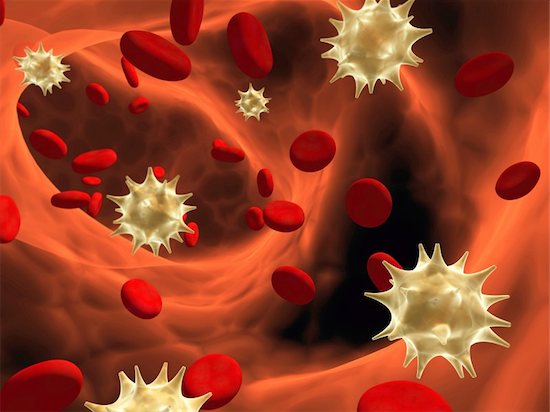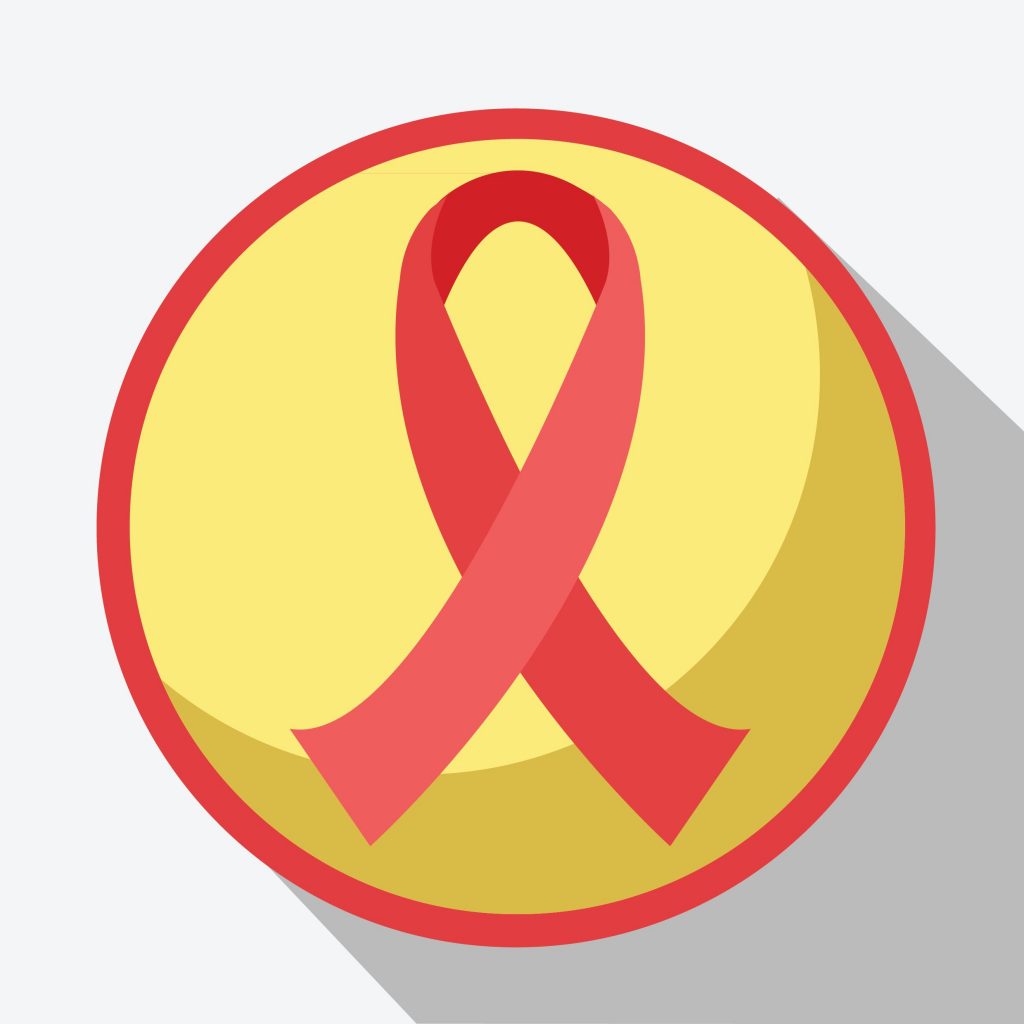HIV Management

Assessing the Average Life Expectancy With HIV
Studies have shown how a patient’s life expectancy with HIV has gotten better over the past 20 years. A lot of progress has been made. Researchers have found breakthrough treatment methods. And treatment itself has gotten more readily available.
It’s now well known that HIV is no longer a death march. Patients are now able to live fuller lives compared to previous decades. But how much longer are they expected to live for? And what factors lead to such vast improvements? Let’s take a closer look at that right now.
Life Expectancy With HIV Over The Years
From 1996-97, the death rate for HIV-positive people was at 7%. For people diagnosed with HIV, their average life span was typically 10 years. For 20-year-olds with the virus, it was higher. On average, they lived until 39. These numbers are now significantly better.
By 2006, that number jumped to 24 years. More than double the average from a decade previous. And a 20-year-old with HIV lived until 56 on average. That number is now in the high 60s. That leaves a separation of about 13 years between an HIV-positive and HIV-negative 20-year-old.
That’s the smallest gap in life expectancy between the two parties to date. It goes to show how far we’ve come in two decades. But that there’s still work to be done.
How Life Expectancy Has Improved
Antiretroviral Therapy (ART) was not yet readily available in 1996. That’s changed over the past two decades. As a result of there being easier access ART, it revolutionized HIV treatment. By preventing the virus from reproducing, ART is able to lower the viral load in the bloodstream. When successful, the viral load is so low that the virus is undetectable. HIV is still there. And it can still be spread to someone else. But there aren’t any symptoms.
Treatment is more effective across the board. Over half of those eligible for treatment are now receiving it. Also, Linkage to Care numbers continues to increase. The necessary work is being done.
In addition to being more effective, HIV treatment is now simpler, too. Fewer pills are needed. And there’s no longer a complex schedule to follow. A lot of patients can now take one pill a day and be fine. They work for a longer period of time and have fewer side-effects. It’s less likely for a patient to have to switch medications periodically.

What You Should Know About HIV Drug Resistance
One of the biggest concerns for anyone living with HIV is that their strain develops a drug resistance. The virus’ unpredictability is what makes this possible. Drug resistance is when HIV cells mutate and reproduce themselves despite the presence of antiretroviral drugs (ART). It often leads to treatment failure and a further spread of drug-resistant HIV.
HIV mutates on a daily basis. Many of these mutations are harmless. In fact, most of them actually put the virus at a disadvantage. Its ability to infect CD4 cells in the body slows down. Certain mutations, however, create an advantage when medication is used. They block drugs from working against the HIV enzymes they are designed to target.
A report by the World Health Organization (WHO) recently showed that drug-resistant HIV strains jumped to 10% in developing countries. In 2010, that number at 7%. Scientists are worried about this growing number. And they expect it to cause a lot more infections over the next 5 years. This is why WHO is putting together a Global Action Plan meant to combat this sudden rise.
Cutting down the development of resistance can happen in a lot of ways. HIV-positive people can reduce their risk by following these steps.
How to Prevent HIV Drug Resistance
- Follow Instructions Carefully – Medication needs to be taken exactly as prescribed. Skipping out on doses can cause a viral load increase. Taking an incorrect number of pills can also affect a person’s viral load.
- Stay Informed About Every Treatment Option – Knowledge is a great tool for any HIV patient. There’s great importance in learning about all the available treatment options. It can lead to finding out the best way to combat drug resistance.
- Keep Track of the Treatment’s Effects – Closely observing lab results goes a long way. This should be done every three months. The first sign of resistance is usually an increase of viral load. So, monitoring any change there would let people know if they have anything to worry about.
Small things such as these can help prevent your HIV from becoming drug resistant. Because staying vigilant is the best way to deal with a virus unpredictable.

The Therapeutic Effect Yoga Has on HIV Patients
Throughout the years, many HIV patients have gotten real benefits from practicing yoga. Yoga’s a great exercise for those with HIV to consider. It’s low-impact and primarily used for cardio and core strength.
In many ways, yoga amounts to more than just another exercise regimen, though. It’s rooted in meditative beliefs, which is what sets it apart from a typical weight lifting routine. Yoga is all about fluid movements. It’s designed to make people ignore the clutter that’s happening around them. Instead, they’re told to focus on their mind, body, and soul.
Spirituality aside, practicing yoga has been proven to work for people in a variety of different ways. Here is how it can help HIV patients.
The Toll Stress Takes on HIV Patients
Stress is a big concern for HIV patients. Over time, it negatively impacts their immune system. Chronic stress can lead to an increased viral load as well as a decreased CD4 count. Yoga’s core principles are rooted in relieving stress and calming the mind.
Studies have shown just how effective yoga is at actualizing those core principles. In 2010, doctors randomly selected 60 HIV patients and put them into two groups. Over the span of 20 weeks, one group received standard care. The other group had private and group sessions with a certified yoga instructor. After those twenty weeks, the yoga group had lower blood pressure on average.
Best Yoga Methods for HIV Patients
For anyone with HIV looking to try yoga, certain precautions should be taken. Breathing normally throughout and going at a manageable pace with each pose are important. They’re what make yoga so effective at lowering blood pressure in the first place. Also, complex poses such as headstands and handstands should be avoided altogether. Most importantly, any HIV patient looking to take a yoga class should discuss it with their healthcare provider beforehand.

The Consequences of HIV Being Stigmatized
Prevention starts with making HIV less stigmatized. Since its initial outbreak in the 1980s, this has been a major issue. While there is a complexity to this, it’s necessary to address. Getting rid of the lingering stigma will prove to benefit those living with HIV. Over the years, many studies have shown this. Two sectors where a change in procedure would benefit HIV patients most is among health care and law enforcement officials.
HIV Patients Stigmatized by Health Care Providers
Whether it’s intentional or not, HIV inhibits far too many people from accessing HIV prevention, testing, and care, even today. According to the World Health Organization, health workers in several countries have committed breaches of confidentiality.
Honesty is important in these situations. Lack of discretion limits how honest patients are. Fear is another consequence. Less testing is a result of fear. The possibility of that information being made known against their will is a big problem.
HIV Patients Stigmatized by Laws
Criminalizing HIV is another way in which the disease remains stigmatized. They have little basis. There’s very little evidence that they’ve effectively reduced HIV. Up to a quarter of these cases involve either a low or no-risk activity.
Many believe that these laws can undermine prevention efforts. If afraid, testing for HIV among people at risk will be less common. Also, laws of this nature create widespread confusion about which activities are considered high risk. People must be properly educated on HIV in order to prevent it.
Taking preventative measures in making HIV less stigmatized leads to better HIV prevention in general. Better laws could lead to better education. And training health care providers to be better equipped at handling such a sensitive situation would do wonders. Do not underestimate these factors. They can make a difference.

Healthy Lifestyle Tips for HIV Patients
HIV patients are continuing to live longer, and are maintaining a more healthy lifestyle. The disease is no longer considered the death sentence it once was. In a study conducted by the CDC (Centers for Disease Control and Prevention), they found that the number of new infections in America is down from its peak in the 1980s. Detection of the disease is also improving. This makes it easier for the patient to prevent spreading the disease.
A lot of work still needs to be done. Medical advancements are improving year by year, but other steps are imperative in order for HIV patients to maintain a healthy lifestyle. Diet and exercise are two staples for anybody looking to stay healthy. The unique factors facing an HIV patient make these even more important. These guidelines for each should help show the importance of diet and exercise for an HIV patient:
Less Salt and Sugar, More Fruits and Vegetables
HIV patients are at greater risk of heart disease. Keeping away from food containing high levels of sugar and salt is even more important because of this. The antioxidants in fruits and vegetables provide great benefits to the immune system. Anything that can benefit an HIV patient’s immune system is paramount. Getting lipodystrophy is not as likely with a high fiber diet. This has been known to be a potential side-effect of HIV.
A Mindful Exercise Regimen Is Crucial To A Healthy Lifestyle
Moderate exercise at least three times a week has proven to slow HIV’s progression. Also, many people with HIV have increased levels of blood sugars and fats. Exercise is the best way to combat that. Fatigue is something to be mindful of, being that it has negative effects on the immune system. Hiking and biking are beneficial exercises to consider. Yoga lowers pressure and stress. And strength training provides a needed balance.
A healthy lifestyle with an HIV diagnosis is possible. Balancing medication, diet, and exercise are necessary for that to happen. Knowing how to best achieve that is necessary for all HIV patients to be aware of.





